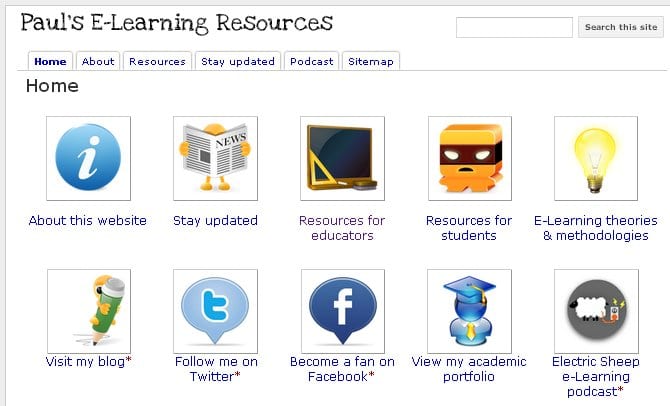There isn’t a great deal happening over in DIY Multimedia. This is no one’s fault. I feel we’re casualties of a learning design which made assumptions about its participants. The designers may have failed to take into account the diversity inherent in massiveness and assumed what worked for them would work for all. Failure is never easy. I’m sure the OLDsMOOC designers would not want anyone to feel overwhelmed or defeated by their OLDsMOOC experience but I’m equally sure I’m not the only one all MOOCed out. Disengaged but somehow feeling inadequate at not seeing it through.
MOOCs remind me of the complexity of digital divides. These are not just about access to computers and the internet but the ways in which that access is facilitated. MOOCs require you to have access plus the prerequisite knowledge and experience to ensure you swim not sink. There is no one-size-fits-all model for digital inclusion and the same applies to effective participation in a MOOC. One set of learning materials is not going to fit everyone.
OLDsMOOC has been a challenging experience. I thought I was coping with unfamiliar landscapes, self-selection, self-grouping plus all the social media, but ultimately it hasn’t worked for me and I need to understand why. It’s easy to blame the multiple demands of the day job but OLD is my role so this was important to me. However, I think fundamentally I misunderstood the purpose of the course. Whereas I interpreted it as designing for online learning, it increasingly appeared to be about learning design using online tools – two very different things. Consequently the majority of discussions across the MOOC related to classroom/client groups rather than virtual situations. Also the mix of participants from training as well as educational sectors clearly had strengths in terms of sharing practice, but the theoretical nature of the course content raised the question of how OLDsMOOC approached one of the first rules of learning design – know your audience. This comment summed up the feelings of many:
Plus, I’m not a teacher, so some of this stuff starts even going over my head … I need to adapt the course activities to my level of experience and field.
The idea for DIY Multimedia emerged from a lack of central resources in my institution for staff wanting to create short video clips and podcasts. One positive outcome from OLDsMOOC is seeing the benefit of developing a similar DIY approach to Online Learning Design. In cash strapped times, reusable support and guidance are becoming necessities but they have to be flexible for a diverse audience. In the beginning, I had many reasons for engaging with OLDsMOOC, and have taken from it many valuable insights, but as week 6 rolls on, I’m not sure if any of this will be enough to see me though to the end.





